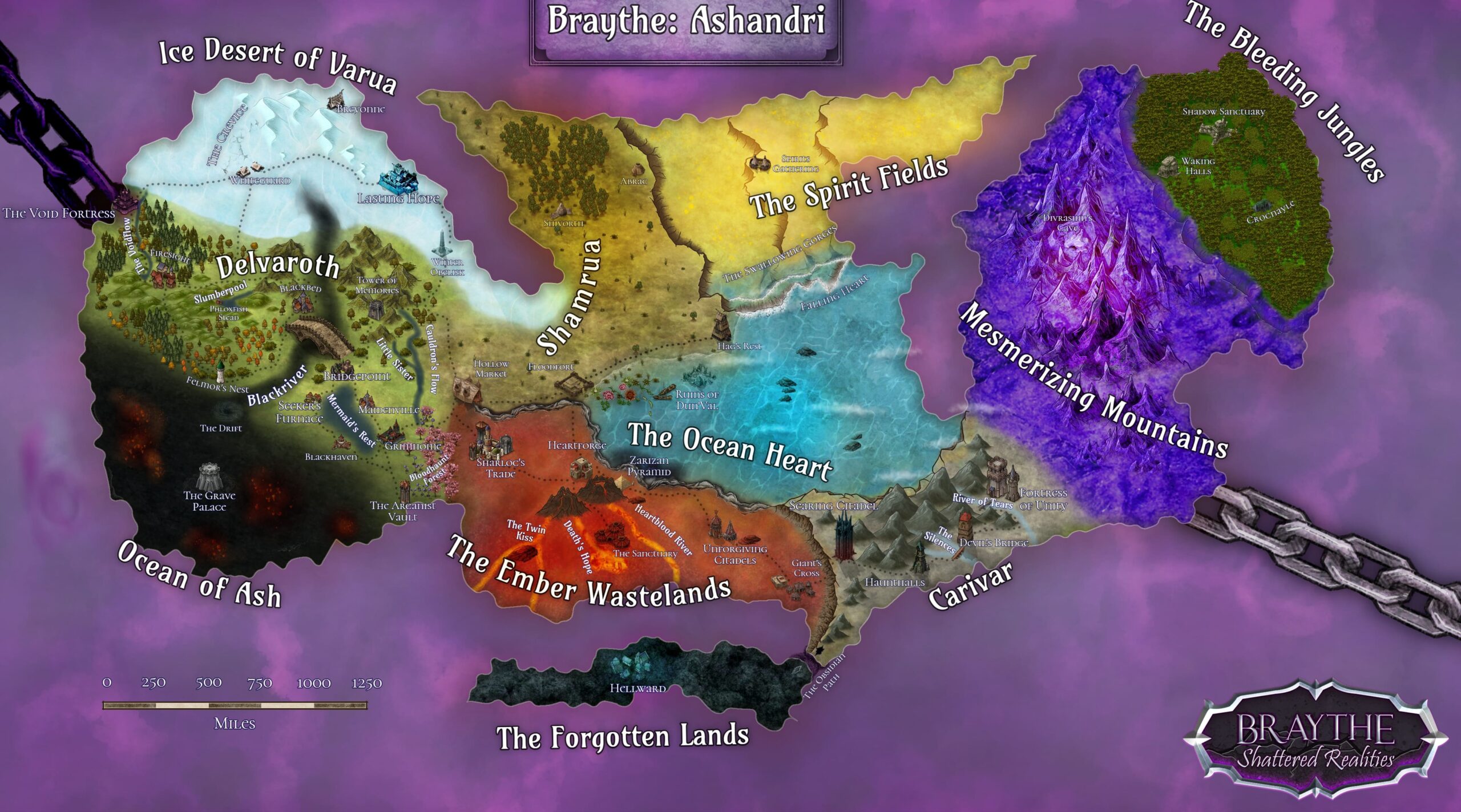Embodiment: Why feeling our bodies is crucial for writing
A great story is not just a result of a good plot and a conflict that matters. Maybe even more important is that the reader cares about the characters. It’s about empathy and connection, about putting ourselves in the position of the fictional people we read about.
For an author, this can create a challenge: To convey the right feelings, we have to understand them ourselves and transfer that understanding into words. Now here comes an interesting conundrum: Words are abstract symbols, intellectual constructs to deliver information. The moment we begin to describe our experiences and sensations, we move away from feeling these experiences.
When I was in my early twenties, my wife (who was still my girlfriend back then) often asked me what I felt. When I answered, I told her what I thought. Despite feeling deeply about many things, I was also disconnected from these feelings. Throughout my life, I had learned that intellectualizing my emotions was the safest way to talk about them. This was reflected in my writing, which was very focused on the plot, on the things that happened to people and on their actions. In many of my early stories, I only touched the surface of the characters‘ emotions.
I’m in my late forties now, had a lot of therapy and worked on myself, and I‘ve gotten far more in touch with my emotions. And yes, that affected my writing, as well. Or rather, it improved my writing. A lot.
One thing that I learned is that our embodiment tells a story. When you feel an emotion, your body reacts to it. Whether you freeze or get angry, shut down or dance and laugh, all these are expressions of what we feel inside. And the things that we feel over and over again, they become a part of our nature. It reflects in our posture, our go-to reactions and can even affect things like diseases – that’s what the entire field of psychosomatic medicine is about.
A bridge to nowhere: Words alone aren’t enough
Putting emotions into words turns them into something abstract, a code that the reader has to understand and unpack. Only if this process works is it possible for the reader to feel true empathy with the fictional characters. The words are a bridge, and it has to be built in a certain way to allow the two sides to connect.
But the bridge alone is only half the story – literally. I can be a master of words, but if I as the author don’t feel what my characters feel, the bridge leads nowhere. The words remain in the abstract, the emotions remain on the surface level.
A book that makes us feel deeply is a book that allows us to embody these feelings.
Embodiment in writing
Every author has heard about the rule “show, don’t tell“. And yes, there’s a lot to say about this, and it’s not always right. But when we want to show, not tell, a character‘s emotions, I‘ve found embodiment to be the key.
Now this doesn’t mean I have to share every experience my characters go through. I’m writing fantasy – neither do I want to get stabbed by a sword or drown in a river, nor do I have any chance to experience the flow of magic in my body.
I hope I’ll never be able to tell what drowning feels like. But I can hold my breath for a long while, and feel what that does to me. See which parts of my body react to it, and how. Observe what happens in my mind. All in a safe way that doesn’t endanger me, but that gives at least a hint of what a more extreme situation might be like. When a character gets yelled at, I can go back to situations where I’ve experienced something similar, tap into the sensations I had back then. The same is true for positive emotions.
The important thing is that I as an author can hold that sensation without letting it overwhelm me. And yes, that can require training (and possibly therapy). It’s a skill that can be learned like any other, but it’s also a deeply personal experience. It makes us vulnerable. And this vulnerability is exactly what makes a story powerful.
Stories are a path to human connection
Being able to hold this sensation is crucial, because building the bridge to the reader requires a bit of time. We have to find the right words and images, the right symbols, that a reader can transfer into their own mind and body. As we search for the perfect expression, we have to tap into the sensation over and over again. The tougher and the more personal the sensation, the harder that can be.
But when a reader tells us how a scene made them gasp or cry or laugh, it’s all worth it. Because this is the moment of human connection, the moment where we truly, deeply understand each other. It’s when the abstract words in a book become a bridge between souls.
